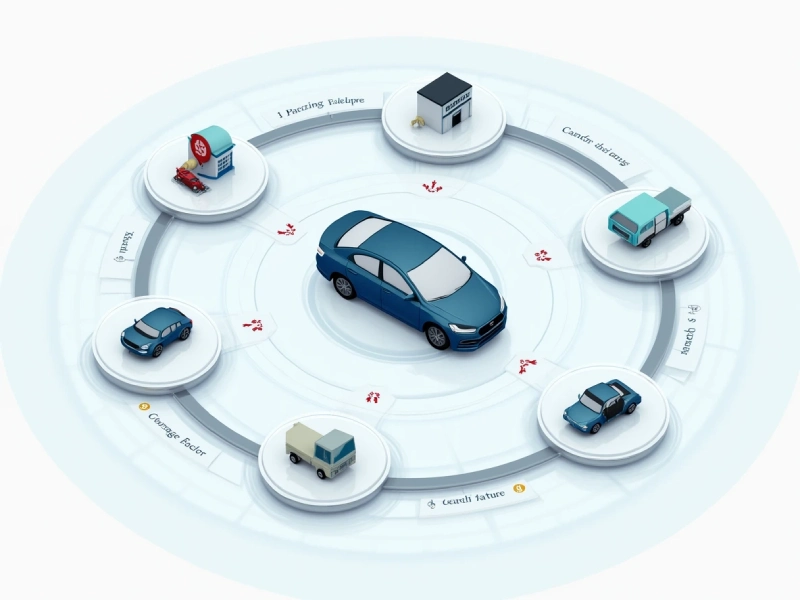Have you ever wondered why your car insurance premium differs from your neighbor's, even though you drive similar cars? The answer lies in the complex web of factors that insurance companies consider when calculating rates. In this comprehensive guide, we'll explore the key elements that influence your car insurance premiums and provide insights on how you might be able to secure better rates.
1. Driver-Related Factors
Age and Driving Experience
Your age and driving experience significantly impact your insurance rates. Generally, drivers between 25 and 65 years old enjoy lower premiums due to their combination of experience and relatively lower risk profiles. Here's how age typically affects rates:
- Teen Drivers (16-19): Highest rates due to inexperience and higher accident risk
- Young Adults (20-24): Gradually decreasing rates as experience builds
- Adults (25-65): Most favorable rates, especially with clean driving records
- Seniors (65+): Slight increase in rates due to increased accident risk
Driving History
Your driving record is perhaps the most direct indicator of your risk level as a driver. Insurance companies closely examine:
- Traffic violations and tickets
- At-fault accidents
- DUI/DWI convictions
- Claims history
2. Vehicle-Related Factors
Vehicle Type and Value
Your choice of vehicle significantly impacts your insurance premiums. Insurance companies consider:
- Vehicle Cost: More expensive cars cost more to repair or replace
- Safety Ratings: Vehicles with better safety features often qualify for discounts
- Theft Rates: Models frequently targeted by thieves may cost more to insure
- Repair Costs: Luxury and exotic cars typically have higher repair costs

3. Location and Environmental Factors
Where you live and drive plays a crucial role in determining your insurance rates. Key location-based factors include:
Urban vs. Rural Areas
- Population density and traffic patterns
- Crime rates and vehicle theft statistics
- Parking situations (street vs. garage)
Regional Factors
- Weather patterns and natural disaster risks
- State insurance requirements and regulations
- Local repair costs and medical expenses
4. Coverage Choices and Policy Factors
Your policy choices directly affect your premiums. Key considerations include:
Coverage Types
- Liability coverage limits
- Comprehensive and collision coverage
- Additional coverage options (rental, roadside assistance)
Deductibles
Higher deductibles generally lead to lower premiums, but require more out-of-pocket expense when filing a claim. Consider your financial situation when choosing deductibles.
5. Financial and Insurance History Factors
Credit History
In many states, insurance companies use credit-based insurance scores to help determine rates. Factors include:
- Payment history
- Credit utilization
- Length of credit history
Insurance History
- Continuous coverage vs. gaps in coverage
- Previous claims history
- Customer loyalty and multi-policy discounts
6. Tips for Lower Insurance Rates
Actionable Steps to Reduce Your Premiums
- Maintain a Clean Driving Record: Safe driving is the best way to keep rates low
- Bundle Policies: Combine auto with home or other insurance for discounts
- Take Advantage of Discounts:
- Good student discounts
- Safe driver programs
- Low mileage discounts
- Vehicle safety feature discounts
- Choose the Right Vehicle: Consider insurance costs when car shopping
- Improve Your Credit Score: Better credit often means better rates
- Review and Compare Regularly: Shop around and review coverage annually
Conclusion
Understanding what affects your car insurance rates empowers you to make informed decisions that can lead to better premiums. While some factors are beyond your control, many can be influenced by your choices and behavior. Regular review of your policy, maintaining good driving habits, and staying informed about available discounts can help you secure the best possible rates for your situation.
